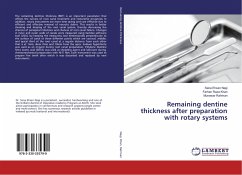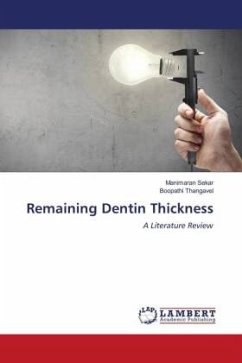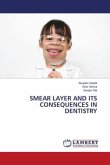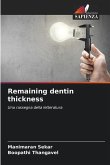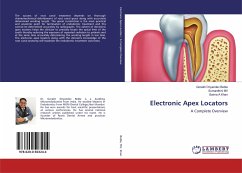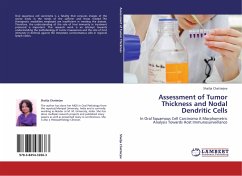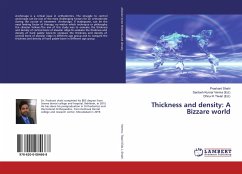The remaining dentine thickness (RDT) is an important parameter that affects the success of root canal treatment and restorative prognosis. In addition, rotary instruments are more time saving and cost effective due to efficient and effective removal of necrotic debris. This results in better cleaning and shaping of the root canal system, thereby decreasing the chances of periapical infections and chances of root canal failure. Changes in inner and outer walls of canals were measured using Gendex software tool (USA), by keeping the measuring tool dimensionally perpendicular to the surface of canal at three different points which are coronal, middle, and apical third of the root canal at a regular distance from each other that is at 1mm, 4mm 7mm and 10mm from the apex. Sodium hypchlorite was used as an irrigant during root canal preparation, Ethylene Diamine Tetra Acetic acid (EDTA) was used as chelating agent and lubricant during chemomechanical preparation with Ni-Ti files. Eachinstrument was used to prepare five teeth after which it was discarded and replaced by new instruments.
Hinweis: Dieser Artikel kann nur an eine deutsche Lieferadresse ausgeliefert werden.
Hinweis: Dieser Artikel kann nur an eine deutsche Lieferadresse ausgeliefert werden.

